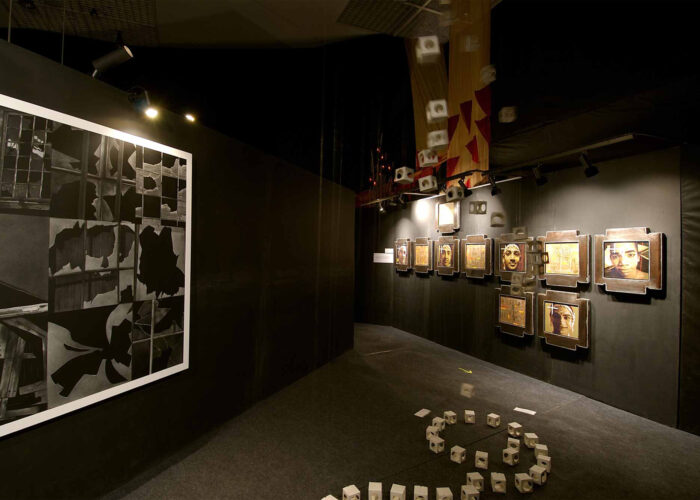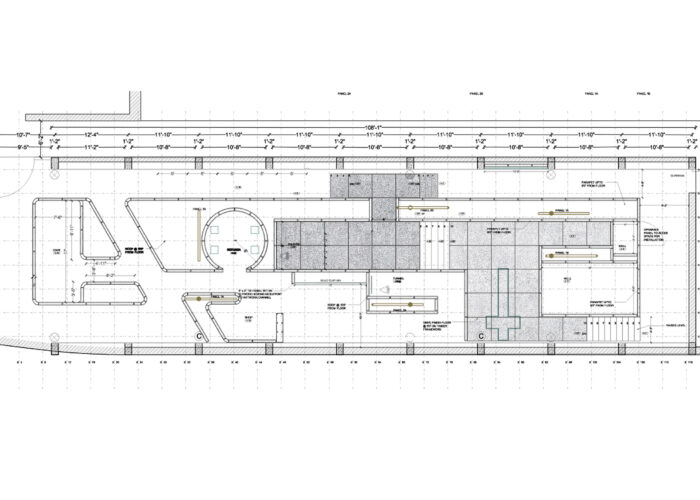Educational
Amazing Exhibition
Background
An art enthusiast Harsh Goenka / RPG group wanted to bring together contemporary artists for an exhibition at the iconic Jehangir Art gallery. The conceptual framework was to create an Alice in Wonderland scenario for reimagining the display of Art. Each artist had to work in close collaboration with the architect to create their work that would be displayed in different ways.

The exhibition featured the work of 27 artists, both young and established. Artists such as Krishnamachari Bose, G.R. Iranna, Sunil Padwal, Anjolie Ela Menon, Riyas Komu, Abir Karmakar, Reena Kallat, Mithu Sen, Julius Macwan, Paresh Maity, T.V. Santosh, Niklesh Kumawat, Jogen Chowdhury, Hema Upadhyay amongst many others created site specific works for the exhibition.

Concept/Philosophy
A fantasyland has been conceived– a spectacle of art that excites, bewilders, puzzles, frightens and challenges existing notions of space and aesthetics. Using the framework of a maze, the space of the Jehangir art gallery has been converted into a virtual and phantasmagoric Alice in Wonderland scenario. Traditional ideas of the labyrinth and maze versus the European concept of a dark room were explored in order to look at a range of `fantasies’ that permeate the human mind and are permissible.
The auditorium gallery was conceived as a circular maze, while the museum gallery was designed as a labyrinth using its rectangular format. The visitor emerges only after he/she has walked through the entire maze.

Special Features
Most exhibition spaces display art along the periphery and the center is left free for the spectator. By subverting this very idea we are able to lose reference to context. The context has a strong physical and hence symbolic reference and by its loss we set into a virtual realm that can be a whole new world of fantasies, a pure platform for an artist to transport the viewer into his own world. Within these specially created sections, the viewer chance upon the art – on the walls, on the panels, on the floor, within boxes, suspended from above. The artist’s work was pre-planned and partially site specific.

The museum gallery: We treated the space and its enclosure as our palette with the challenge of subverting the notion of a gallery. The gallery wall is treated as sacred (untouched) and the space in between is treated as a monolithic box, which was impregnated with art. The monolith is then transformed by interventions of art to form a labyrinth. Each space is referenced by a metaphor to attain spatial character. The experience unfolds by virtue of engagement with space rather than surface. The well, the cave, the theater, the tunnel, the shop form diverse spaces carved out of the monolith.

The auditorium gallery uses the idea of a vortex to attain sameness hence minimizing spatial hierarchy. The spatial configuration unfolds and creates similar spaces thereby disorienting a viewer. Multiple paths, entrances orient, similar spaces – disorient. An empty dark space within which exhibits float forms the experience of a visitor.
















